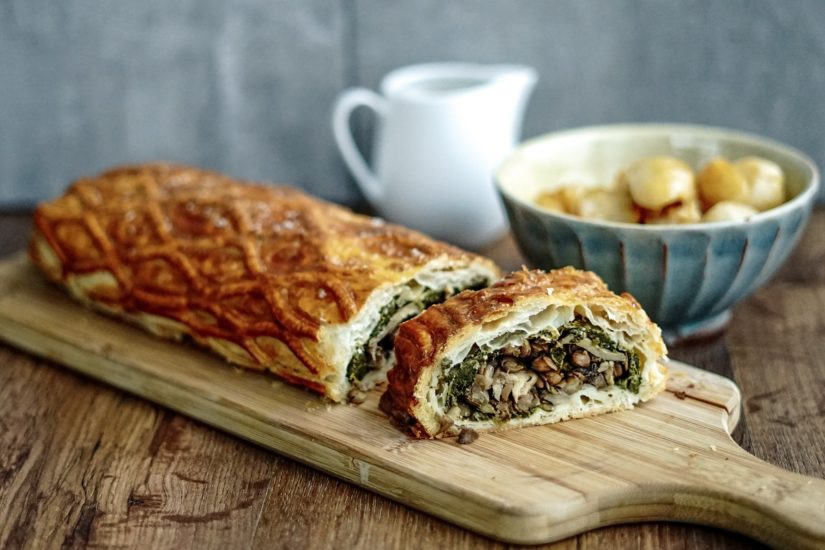
In the last entry from my look back at the Edwardian “Friend”, from October 1908, here are some gardening tips you can use in the last few days of this month.
Begonias and Dahlias
The approach of winter is now becoming daily more evident. Much labour is necessary to make secure all our garden treasures that are too tender to withstand a British winter out-of-doors.
Many plants die, not so much from cold as from a combination of cold and damp. Indeed excessive moisture is the greatest enemy we have to contend with during the short days.
As long as frost holds off there is no benefit to be derived from lifting such plants. As soon, however, as the foliage is killed down the work of securing them must be attended to.
Dig the dahlias on a fine dry day, if possible, and remove as much of the soil as will come away easily without injuring the roots. Set in the sun under a glass sash (or at least provide a means for protecting them from rain and frost) for a few days, then store in a fairly dry, frost-proof place.
They are best placed with stems downwards, as this prevents moisture lodging. It also helps to check any tendency to premature starting into growth, which is sometimes troublesome. Do not attempt to remove all the soil from begonia tubers, or much harm may result, the skin being very tender.
The Bulbs of Begonias
When lifting have at hand some shallow boxes. Place the plants close together in these, and set in a frame until they get well dried, when the stems and surplus earth will easily be removed and the tubers can then be buried in boxes of perfectly dry sand.
Place in layers with sand between and hollow side down. Plants of geranium, fuchsia, lobelia, &c., if carefully lifted and potted before being injured by frost, will live through the winter if not over-watered.
Early chrysanthemums can be lifted and potted for room decoration if care be taken to retain a good ball of earth around the roots.
In The Flower Garden
Other work consists of planting bulbs, wallflower, forget-me-not, sweet William, and other plants that bloom in spring and early summer.
Cuttings of pentstemons and calceolaria may yet be put in if not damaged by frost.
Plant roses on very rich and deeply-trenched soil towards the end of the month. Cut over such hardy plants as have ripened their stems. All that are still green must be left for a time.
Go over the rose beds and shorten back any very long shoots. When reduced to about half their length the wind has less power over them.
In the Kitchen Garden
Get up all late potatoes, beet, carrots, and onions, and properly store for the winter.
Parsnips are of finest flavour when dug only as required, but many prefer to lift and store like carrots.
All spent crops should be removed, and a start made to trench such portions of the garden as require it. No one ever repents deeply working the soil, and although the work is hard it is well repaid by the extra fine crops that are got from well-cultivated land.
At the end of October is a good time to begin planting fruit trees, gooseberries, currants, and raspberries. Well trench the ground before doing so, and allow it to settle for a fortnight or more before proceeding to plant.
In the Greenhouse
Much care is now necessary to see that none of the plants are over-watered.
Better to have them a little too dry than to have the soil constantly saturated. (This applies also to house plants.)
Give abundance of air on all favourable occasions, and all necessary watering should be done in the morning.
Only give fire heat to drive out damp or exclude frost. It is essential that growth be checked as far as possible.
Such plants as primulas, cinerarias, and chrysanthemums should get a little feeding in the way of weak liquid manure.
About once a week is often enough for the two former, and twice a week for the latter. A tablespoonful of ichthemic guano in a gallon of water is better than ordinary liquid manure. If not already done no time should be lost in potting up bulbs of tulips, hyacinths, crocuses, &c., and all should be placed in a dark place until roots are formed.
For more gardening tips from “The People’s Friend”, click here.
For more from our Archives, click the tag below.




